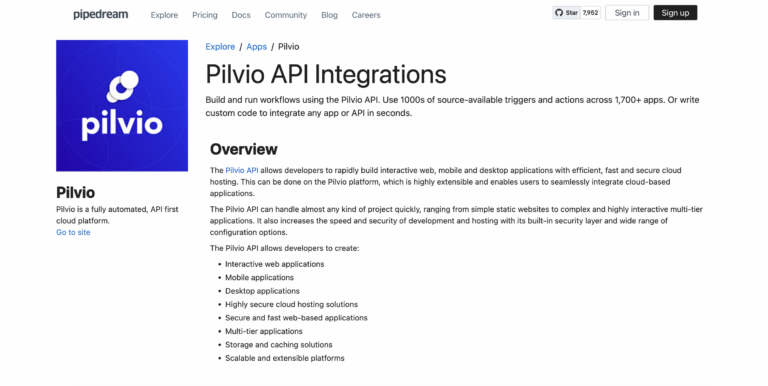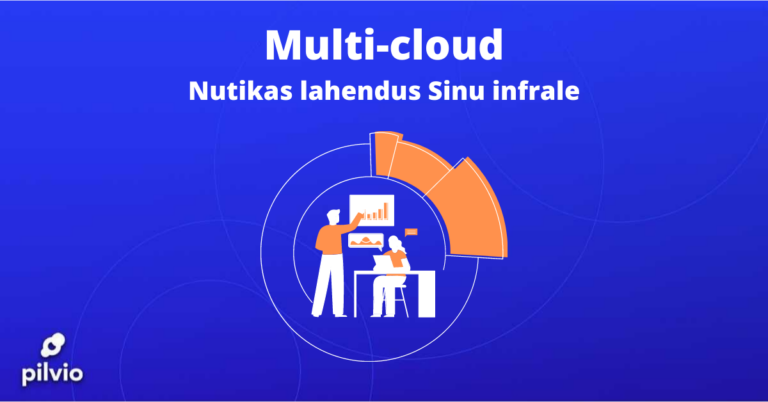Cloud computing is a compute or storage resource sharing model. It means the computer hardware resources are built as a pool, where customers can easily use what they need, how much they need and when they need. The resource is available and ready to use. The resources are offered as a service model, which enables customers to add more services or reduce the number of services once these are not needed anymore.
Cloud computing helps customers to focus on their business instead of setting up and maintaining IT infrastructure. The monitoring, management and part replacement will be done by the cloud service provider. Also, the data center management and environmental conditions will be taken care by the cloud service provider.
There are several types of clouds:
Infrastructure as a Service (IaaS) – customers will build environment for applications Platform as a Service (PaaS) – the customer will build applications on the service Software as a Service (SaaS) – customer consume the service
Rapid adjustments to computation need are one of the key factors of the cloud. It enables faster product development and demand based resources scaling. In the IaaS model, it means quicker deployment of virtual resources (virtual machines). Or to have a set of prepared and stopped virtual machines which you can start as soon as the resource is needed. However, the operations team might need to prepare the resources.
On the PaaS, the services are being consumed as it need to run the application. On-demand scaling is possible and no resources need to be prepared. The application can run days, hours or minutes. Developers will just deploy the application to the cloud. No operations teams needed.
SaaS is the software that runs on cloud and being used by consumers. This is Office 365 like approach, where to consume service one must subscribe to it.
We at PILW.IO offer today Infrastructure as a Service cloud type. In roadmap we will have also Platform as a Service type of cloud service, so please stay tuned. We won’t stop there…
Is it expensive for the customer to use cloud services?
If you consider resource availability and flexibility to use whenever needed with “pay-as-you-go” model, it is rather reasonable. The customer can focus their own business, without having own data center, no need to manage servers nor environment for servers. Over time resource sharing over several customers will pay off, thus the service based cloud model has a financially positive effect for customers. Lastly, agility that customers can have with using cloud service, can have a positive effect in balance.
The hardware running costs should not be underestimated also. Equipment that you have in your data centre, consumes power. With number of servers the heat dissipation is also significant. To cool these servers or storage systems down, it also means power consumption. Support contracts with vendors, tracking these and keeping eye on a dates (I am sure vendors will do very good job reminding). And then after once in a while the lifecycle of equipment will reach to the point of refresh. Latter one often ends up with migration… and so on.
Is it secure?
Cloud service providers usually have resource planned with considering data redundancy. So if something happens to the resource, it usually has no impact for customers. Not less important is the service provider ability to react to malicious activities against customer resources. There are routines and preparations done for such events. The application security is still developers responsibility.
Besides cost and security, there are also other factors. One being is how simple it is to use. In example how simple is the process to adjust the resources. If the resource commission or decommission is orderless process or not? The ordered process will add an extra step while one need to wait until someone sets the resource ready for application deployment. Once the idea for the application is there or quick test needs to be run, it is easy to just assign resource and run tests. Ordering process will kill such agility, and might even extend customers time to market.
We at PILW.IO believe that resources must be available and easily accessible. Therefore we offer API access to the resources, thus even customer applications themselves can deploy additional resources when needed. The scaling can be done in many levels this way. Have a test, sign up to PILW.IO and try out today how it works for you.


